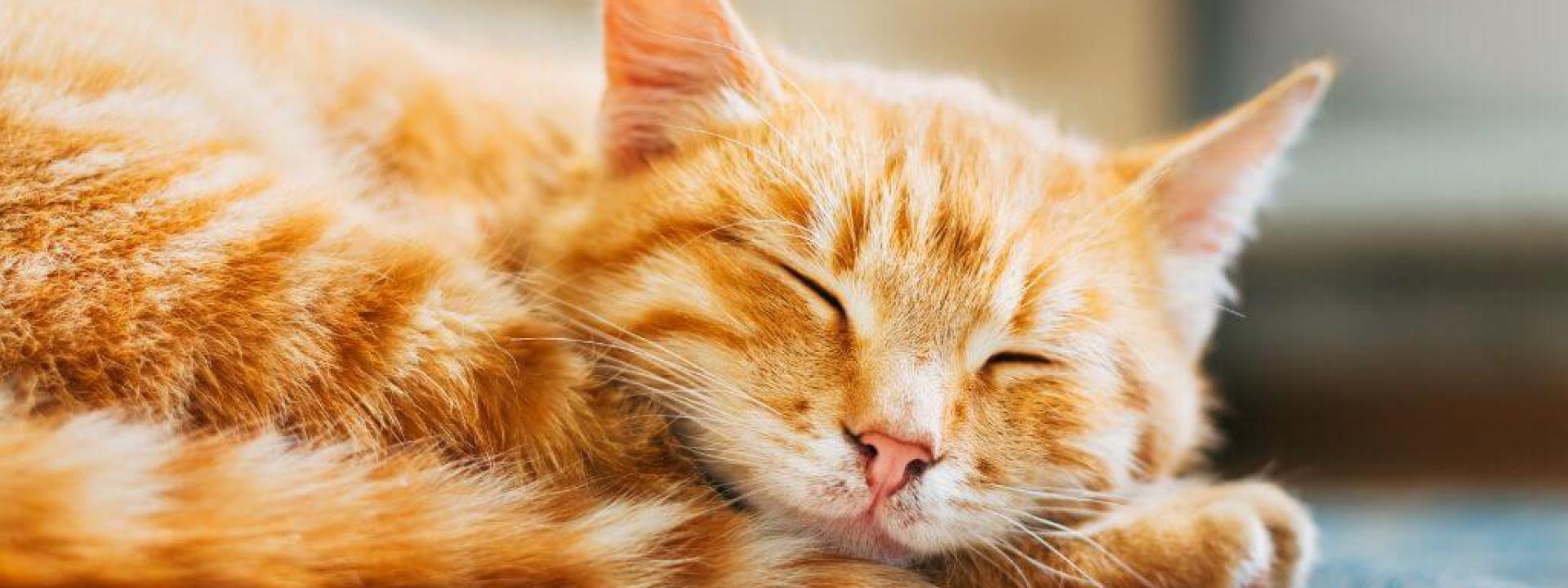Feline Leukemia Virus (FeLV) stands as one of the most significant causes of illness and mortality among domestic cats worldwide. FeLV influences not just their health, but also how we care for our cats. This complex virus, once considered a death sentence, is now better understood, offering hope for our furry felines through early detection and management.
Let’s review what FeLV is, how it works, and what we can do to prevent it.
What is FeLV?
Feline Leukemia Virus (FeLV) is a bit like the unwanted visitor who sneaks into your party uninvited. It is a retrovirus that infects cats, which leads to a variety of medical complications. Think of it as a shadow that looms over, potentially leading to cancers, blood disorders, and immune deficiencies.
This virus affects cats worldwide and is one of the leading causes of death in domestic felines. The transmission of FeLV primarily occurs through close contact, especially through saliva during grooming, sharing food or water bowls, and less commonly, through bite wounds. Mother-to-kitten transmission can also occur, either through the placenta or during nursing. FeLV can be diagnosed by your veterinarian through a simple blood test.
Statistically, it is estimated that 2-3% of all cats in the United States are infected with FeLV. However, in cats that roam free, battle other cats, or live in households with infected felines, the risk jumps significantly, climbing to 30% or more!
Thankfully, with advancements in veterinary care, cats diagnosed with FeLV are living longer and with better quality of life than ever before. I cannot stress enough the importance of regular veterinary exams and vaccines, especially for cats with outdoor access or those living in multi-cat households, where the risk of transmission is elevated. Understanding FeLV is important for early detection and management.
+What+Every+Cat+Owner+Should+Know-blog1+(1).jpg)
How Is FeLV Transmitted?
FeLV is transmitted among cats through direct contact with infected bodily fluids, like saliva, blood, and, to a lesser extent, urine, and feces. Sharing food and water dishes, mutual grooming, and the occasional spat or cuddle session are its chosen routes. Kittens can inherit it from their mothers, either in the womb or through nursing. Bite wounds from infected cats are also a source of transmission due to the exchange of saliva.
FeLV doesn't survive long outside its host, making direct contact the primary transmission method. This means managing the environment and interactions can significantly reduce the risk of spread. This relatively short survival time outside the host means that environmental contamination is less of a concern compared to direct cat-to-cat interactions.
Maintaining a clean environment is still necessary in multi-cat households or shelters to minimize the risk of transmission.
The Symptoms of FeLV
Feline Leukemia Virus is a master of disguise. Symptoms can range from subtle to severe, making it a bit of a detective game to diagnose. FeLV can also affect various body systems, leading to a wide range of symptoms, some of which may be subtle or mimic other conditions.
Here are common signs cat owners should be aware of:
- Unexplained weight loss and poor appetite
- Persistent diarrhea and vomiting
- Severe gingivitis or mouth infections
- Respiratory issues and fever
- Lethargy and pale gums (signs of anemia)
- Swollen lymph nodes
Remember, these symptoms can signal various health issues, not just FeLV, so it's essential to consult your vet for an accurate diagnosis.
+What+Every+Cat+Owner+Should+Know-blog2+(1).jpg) Prevention and Management of FeLV
Prevention and Management of FeLV
While there's no cure for FeLV, there are things we can do to help our feline friends. The key lies in prevention and proactive care:
- Vaccination: An FeLV vaccine exists and is your first line of defense, especially for outdoor adventurers or those in multi-cat households.
- Regular exams and FeLV Tests: Early detection can make a world of difference. Yearly screenings for FeLV are advisable for all cats, but more so for those at risk.
- Indoor Lifestyle: Keeping your cat indoors drastically reduces the risk of encountering FeLV.
- Separation: If you have an FeLV-positive cat, keeping them separate from FeLV-negative felines minimizes transmission.
To keep the environment safe and reduce the spread of FeLV among cats, pet owners and caretakers should follow these two tips:
- Regular Cleaning: Disinfect food bowls, water dishes, and litter boxes regularly with a solution known to kill viruses, and provide each cat with their own set of dishes and boxes if possible.
- Limit Outdoor Exposure: Restrict or eliminate outdoor access for uninfected cats to reduce their risk of encountering FeLV-positive cats.
Finishing Feline Leukemia Virus
While FeLV poses a significant health risk, knowledge and proactive care can make all the difference. Awareness of how FeLV spreads, recognizing the early symptoms, and taking timely action can help protect your feline. Remember, FeLV doesn't define your cat. We have a number of FeLV positive patients within the practice that are living great lives.
With the right care, love, and support, many FeLV-positive cats can enjoy a good quality of life. Work closely with your vet to monitor their health and adjust care as needed. Together, we can create a safer, healthier world for our feline friends.
If you have questions and you'd like to reach out to us, you can call us directly at (502) 456-2870, or you can email us at [email protected]. Don't forget to follow us on social media Facebook, Instagram.
This information was first seen on Sugar River Animal Hospital.

